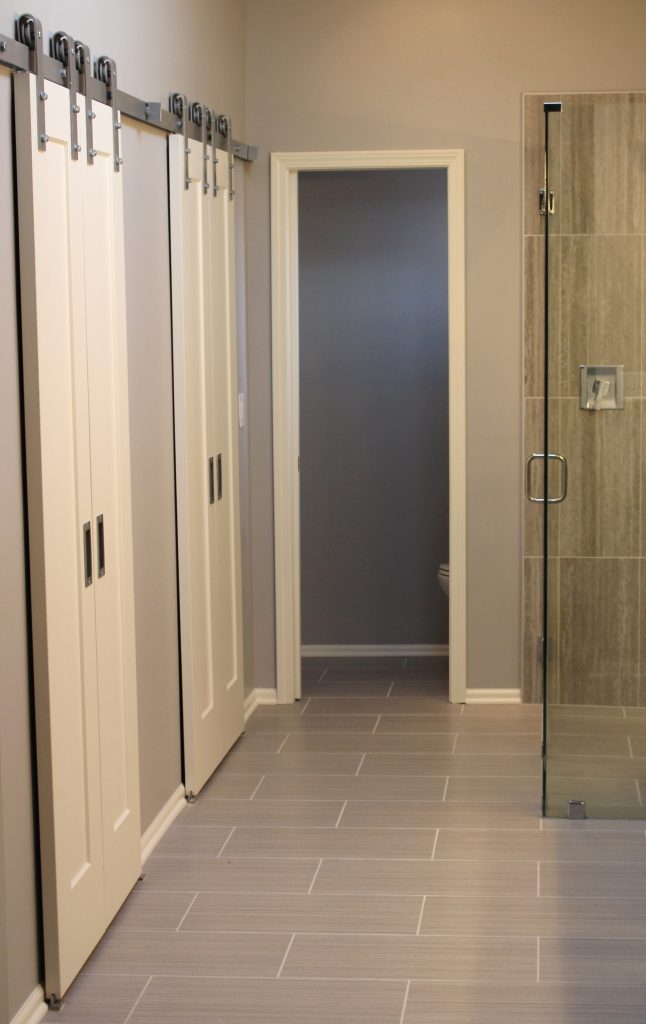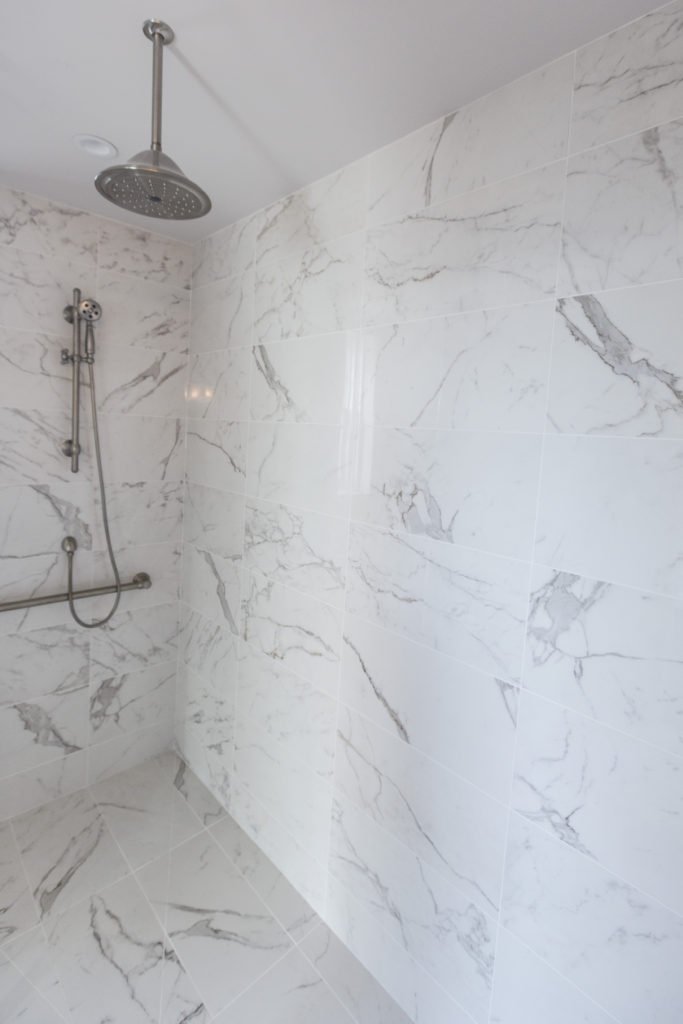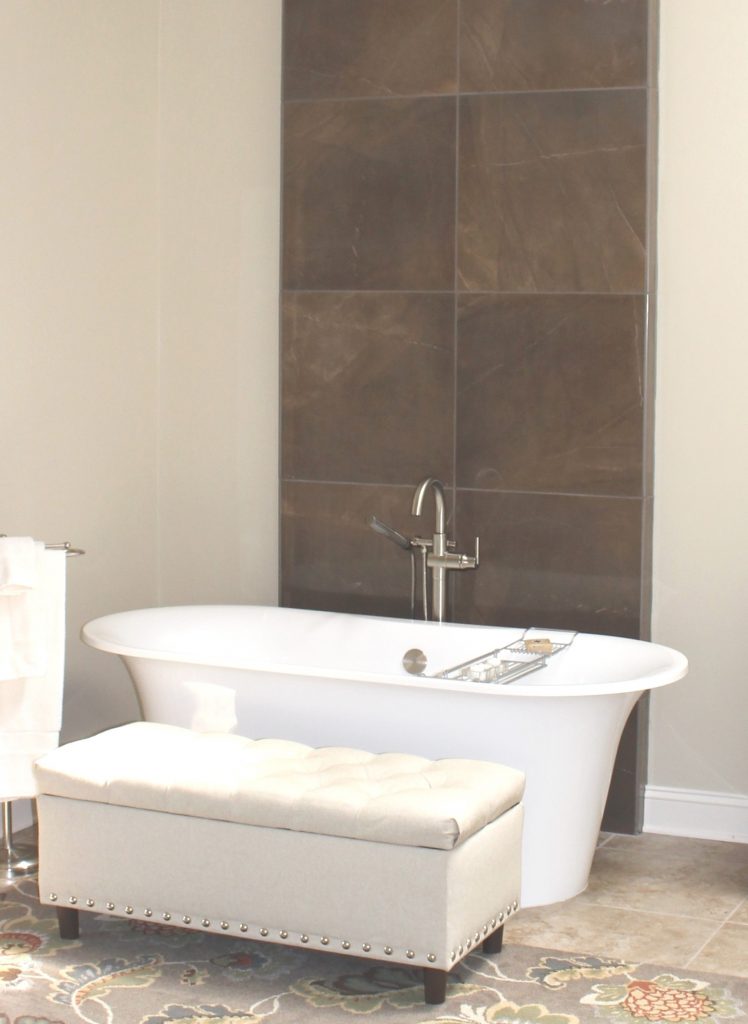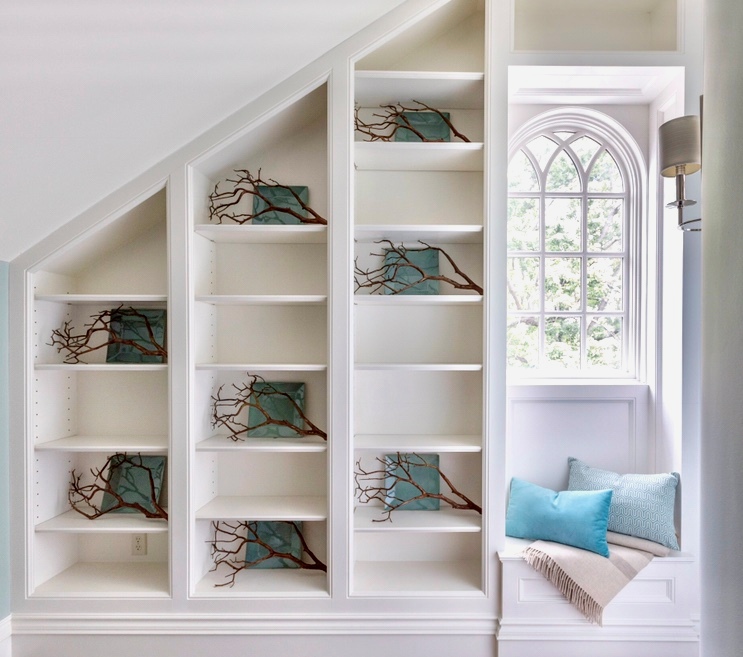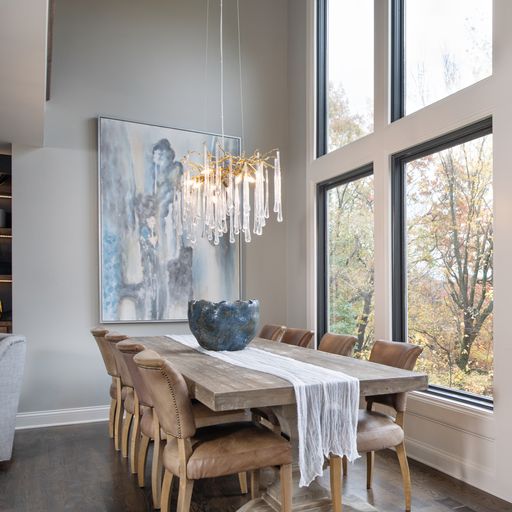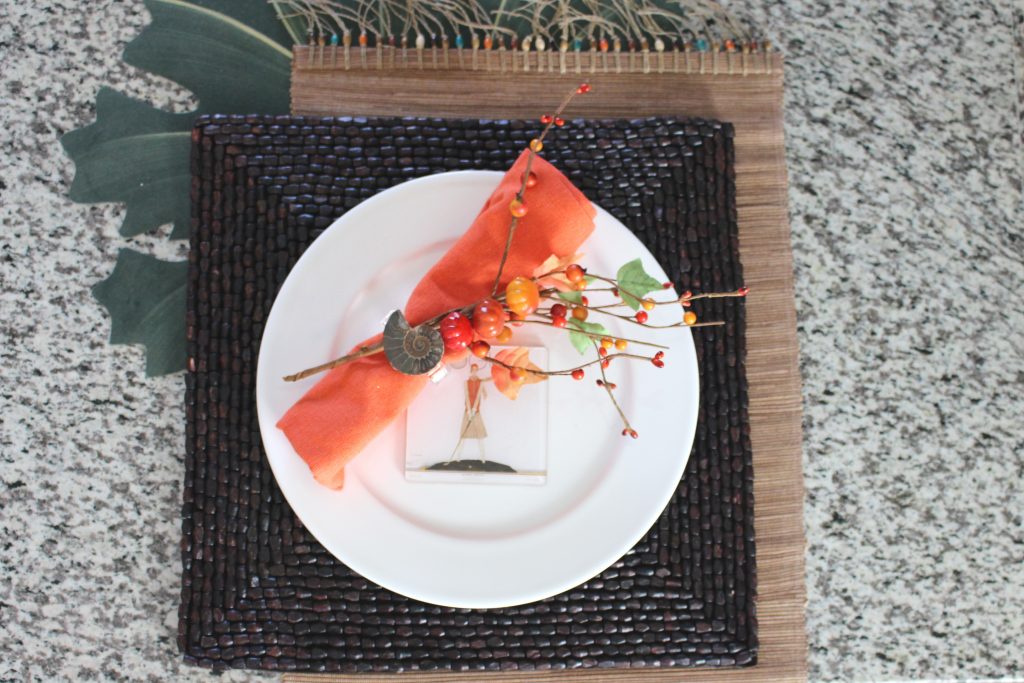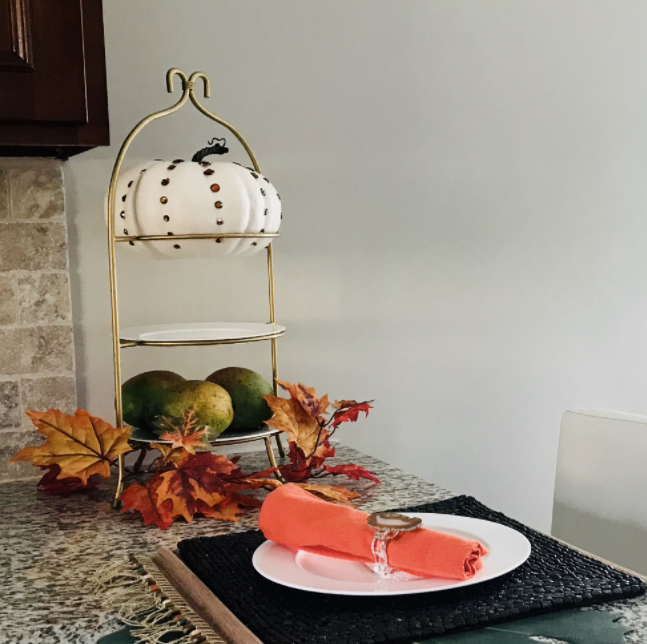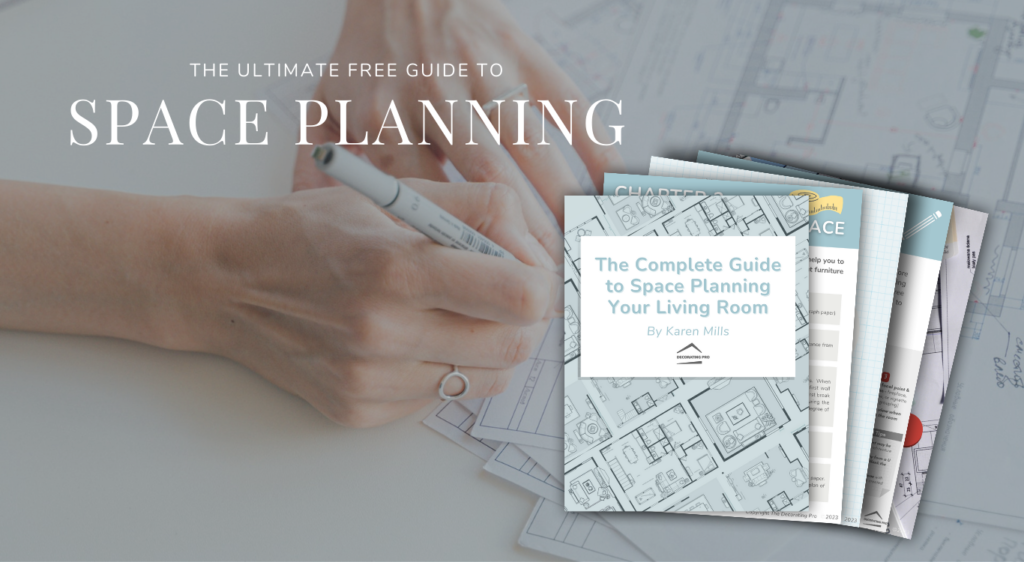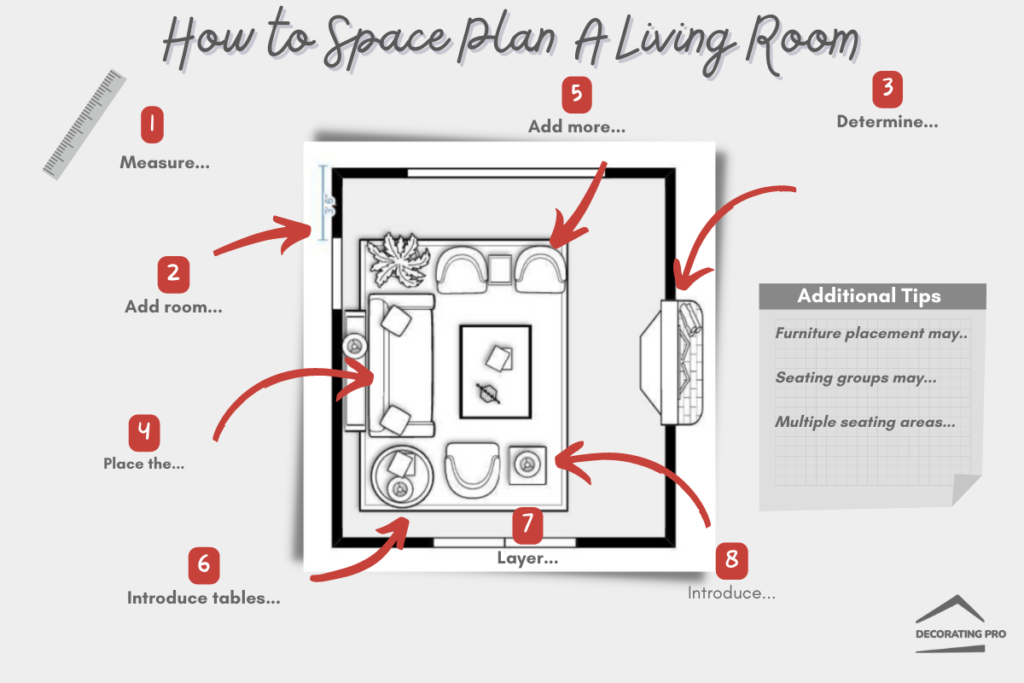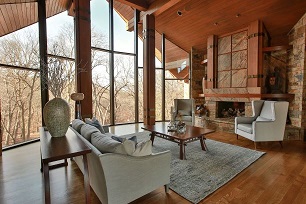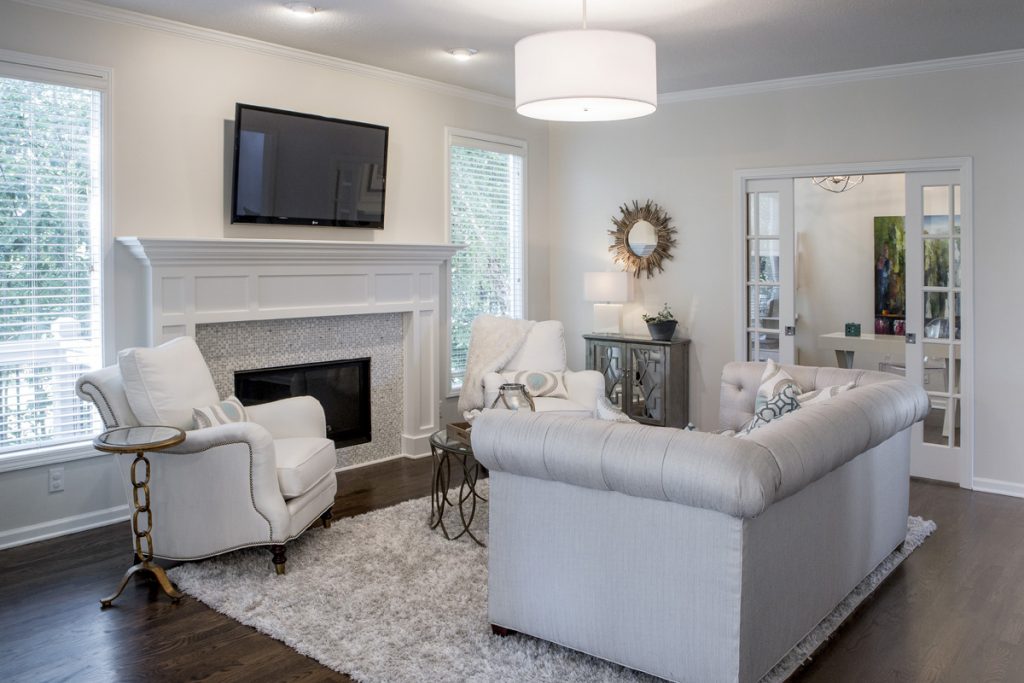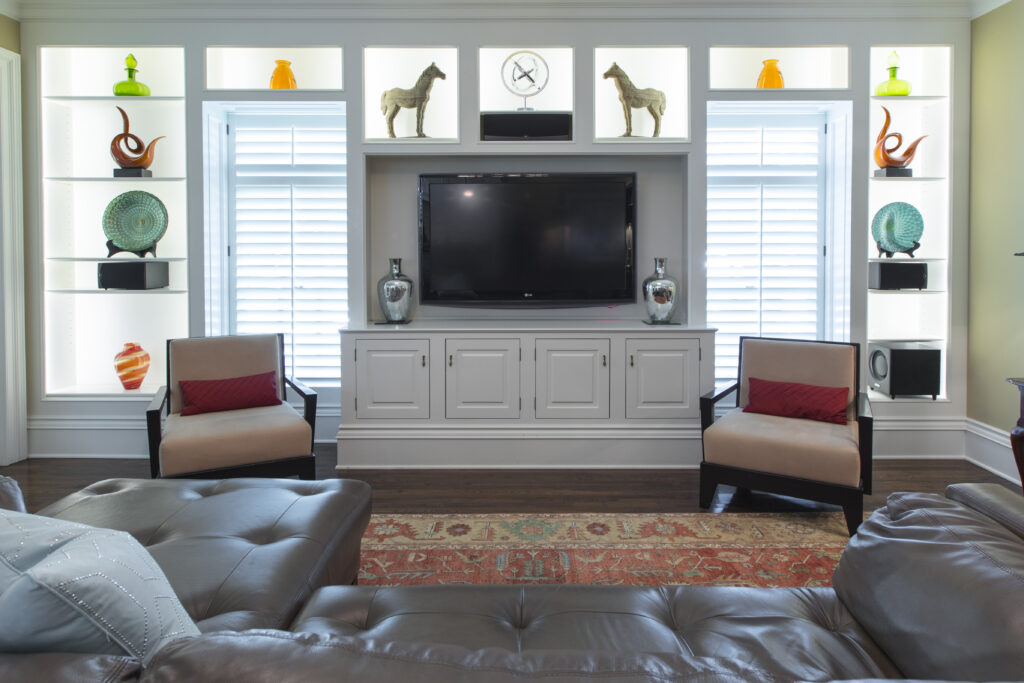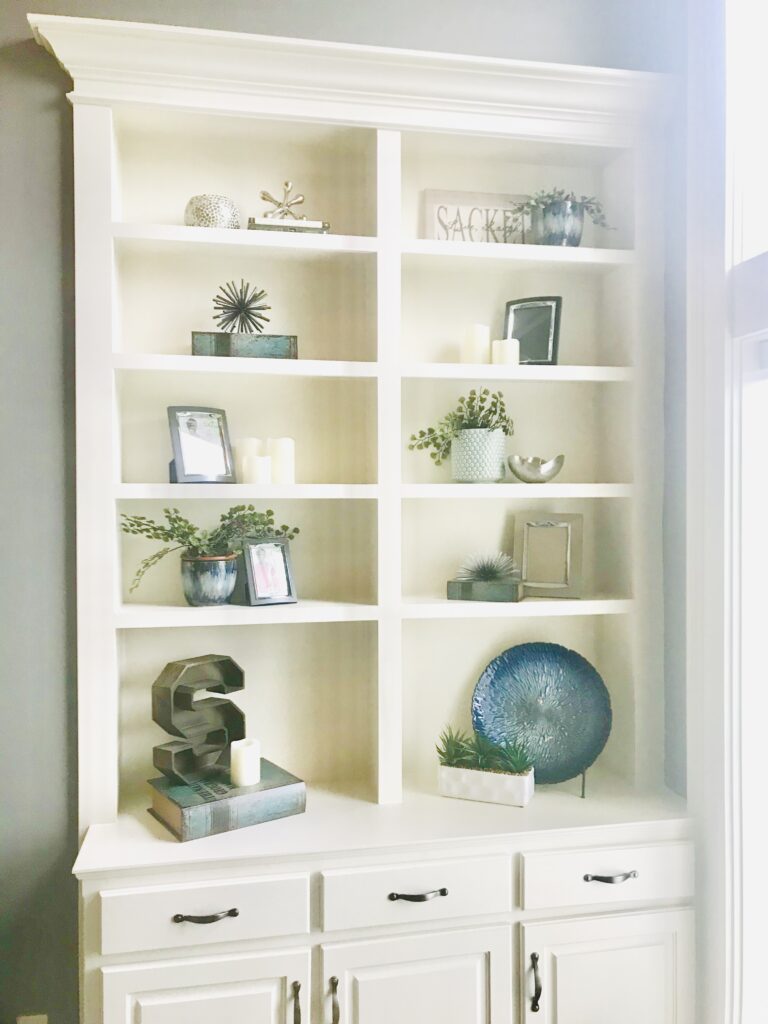 Interior Design/Interior Decorating
Interior Design/Interior Decorating
3 Secrets to Selecting Better Outdoor Fabrics

Do you ever feel overwhelmed by all the outdoor fabric choices and aren’t sure where to start to select outdoor fabrics that will last longer. Read on for my top 3 secrets to success as an interior designer.
- Fabric with protection coating on each and every yarn. Look for outdoor fabric where the protection is actually part of the material instead of just applied on the surface.
2. UV Resistant – Ensure that the fabric is UV resistant or ultraviolet resistant which can cause degrading or fading. Of course all fabrics will fade over time but the better the UV resistant the longer it will last.
3. Pill Rating – Pill ratings tell you how resistant a fabric is to pilling – the annoying strands or tuffs of fiber that stand out on top of a fabric. The higher the rating the more resistant
Want to learn more about interior design trends and insider secrets from Kansas City’s interior designer and former host of Living Large design show? Sign up for our free weekly newsletter now.
karen-mills.ck.page/8d0663c849

